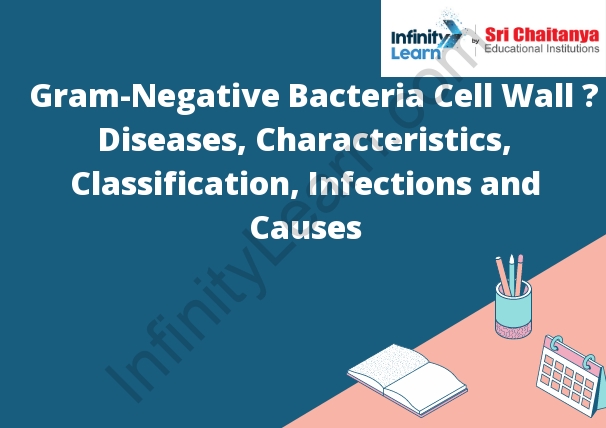Table of Contents
Gram-Negative Diseases
There are a number of Gram-negative diseases, which are caused by bacteria that have a negative charge on their cell walls. This charge repels the positively-charged staining dye used in the Gram stain, which is why these bacteria appear as a lighter color than Gram-positive bacteria.
Some of the most common Gram-negative diseases include:
- Tuberculosis, which is a bacterial infection that can affect the lungs.
- Cholera, a water-borne bacterial infection that can cause severe diarrhea.
- Gonorrhea, a sexually transmitted infection caused by the bacteria Neisseria gonorrhoeae.
- Urinary tract infections, which are infections of the urinary system, often caused by the bacteria Escherichia coli.
- Septicemia, a potentially life-threatening condition caused by bacteria invading the bloodstream.

Gram-Negative Bacteria Cell Wall
Gram-negative bacteria are surrounded by a cell wall that is composed of a peptidoglycan layer and an outer membrane. The peptidoglycan layer is composed of a glycan (sugar) backbone and peptides (amino acids). The peptides are cross-linked by peptide bridges to form a mesh-like structure.
The outer membrane is a lipid bilayer that surrounds the peptidoglycan layer and is composed of phospholipids and lipopolysaccharides (LPSs). LPSs are composed of a lipid core, a glycan chain, and a protein anchor.
The LPS lipid core is composed of a core lipid and a core oligosaccharide. The core oligosaccharide is composed of a lipid, a glycan, and a protein. The glycan chain is composed of a repeating unit of two sugars, N-acetylglucosamine and N-acetylmuramic acid.
Gram-Negative Bacteria Infections and Causes
Gram-negative bacteria infections are caused by bacteria that have a thin cell wall and a negative charge on their outer surface. This negative charge repels positively charged dyes, such as the Gram stain. As a result, gram-negative bacteria appear pink or red under a microscope, while gram-positive bacteria appear blue or purple.
Gram-negative bacteria can cause a variety of infections, including respiratory infections, urinary tract infections, and sepsis. They are also responsible for a significant proportion of hospital-acquired infections.
One of the main ways that gram-negative bacteria spread is through contact with contaminated surfaces. They can also be spread through contact with infected animals or people. In addition, some gram-negative bacteria can be spread through the air.
Some of the most common gram-negative bacteria include Escherichia coli, Klebsiella pneumoniae, and Pseudomonas aeruginosa.
Classification of Gram-Negative Bacteria
There are a variety of ways to classify Gram-negative bacteria, but one of the most common methods is by their biochemical properties. This system classifies bacteria into four main groups:
1. Enterobacteria: This group includes common pathogens such as Salmonella and E. coli. They are typically rod-shaped and are facultative anaerobes, meaning they can survive in the presence or absence of oxygen.
2. Gram-negative rods: This group includes a variety of bacteria that are not classified in any of the other groups. They are typically rod-shaped and are either facultative anaerobes or obligate anaerobes.
3. Aerobic gram-negative bacilli: This group includes bacteria that require oxygen to survive and typically have a spiral or comma-shaped morphology.
4. Anaerobic gram-negative bacilli: This group includes bacteria that do not require oxygen to survive and typically have a rod-shaped morphology.







